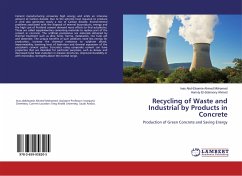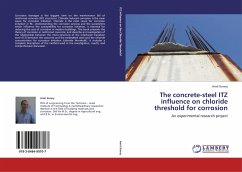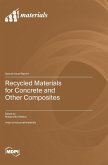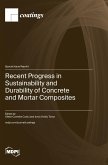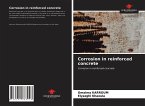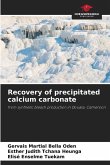Cement manufacturing consumes high energy and emits an intensive amount of Carbon dioxide. Due to the extreme heat required to produce it. And also generates nearly a ton of Carbon dioxide. Environmental problems associated with the disposal of mineral by-products, energy and the high cost of Portland cement demand more efforts to find substitutes. These are called supplementary cementing materials to replace part of the cement in concrete. The artificial pozzolanas are materials obtained by thermal treatment such as silica fume, horma, metakaolin, rice husk ash and diatomite. The unique benefits of such additions need less energy for production, increase the chemical resistance to sulphate attack, impermeability, lowering heat of hydration and thermal expansion of the pozzolanic cement pastes. Concretes using composite cement can have properties that are desirable for particular purposes, such as slower and decreased total heat evolution in massive structures, improved durability or with microsilica, strengths above the normal range.

